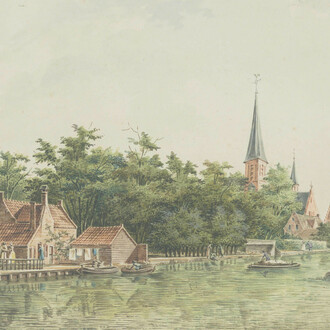Sugar is the origin of all life. Plants store the sun’s energy in sugar. Sugars provide plants with stability and serve as the storehouses of the energy needed for growth and propagation. The major part of the biomass of this planet is made up of sugar.
The exoskeletons of insects, spiders and crustaceans are comprised of chitin, a modified sugar polymer. Even our bodies contain many different sugar compounds. Sugar is our most important energy supplier for muscles and the brain.
There are numerous other sugars besides the well-known sucrose (table sugar). Fruit sugar, grape sugar, milk sugar and malt sugar are among the most familiar. Chemists know about dozens more.
Sugars are sociable, often appearing in pairs, or triplets or even in longer chains, the so-called polymers. The best-known polymers are cellulose and starch. But the chitin from insects, the pectin in jam or the hyaluronic acid in our cartilages are also part of this group.
People have been using the different sugars for food, as raw materials and for energy generation for thousands of years. Plants like wheat, rice, corn or potatoes that contain starch are the food staples for every culture. Besides stone, wood has the longest history of use as a base material. Wood and biomass have been used as energy sources for time immemorial.
Sugar compounds serve as the starting material for the production of modern bioplastics. The use of various sugar compounds can potentially close existing energy gaps. Biomass could make a world without oil possible.
















